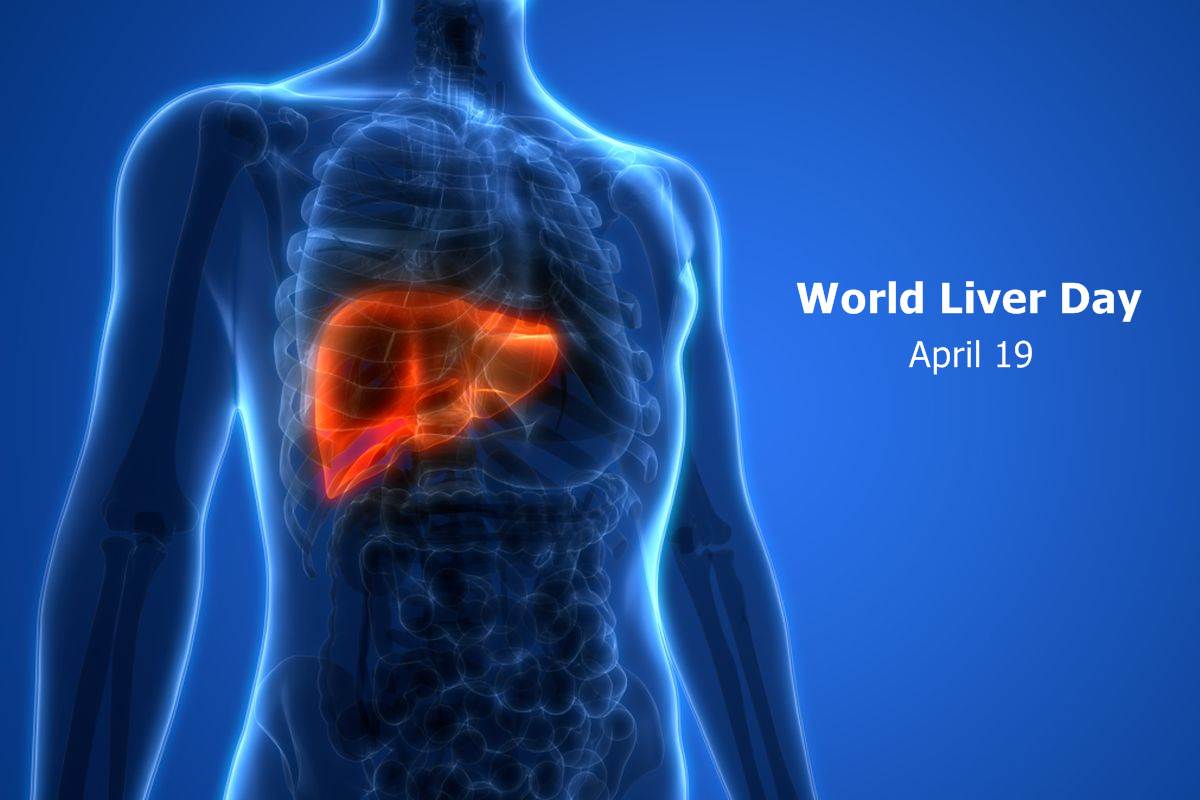The liver is a vital organ in the human system and its function is often not noticed and taken for granted. Damage to the liver may result in fatal outcomes if unrecognised or untreated. Non-viral hepatitis, the outcome of an unhealthy lifestyle, is slowly emerging as the biggest cause of liver morbidity and mortality in India. While there are new vaccines and medications to combat viral hepatitis, it is the lifestyle-related disease burden which is expected to go up in the next 20 years. The damage begins with scarring of the liver tissue, a condition known as liver cirrhosis, which if left unchecked can lead to liver cancer over time. Sedentary way of life, intake of excess alcohol, and unhealthy diets, are proving as some of the more serious risk factors in India.
Liver cirrhosis can take 20 or more years to develop during which time the liver’s healthy cells slowly get replaced with scar tissue. During the growth of these scars, the liver tries to self-heal by creating new cells. However, this process can increase the chances of liver cancer with an increase in the number of cells, the chances of mutation also go up. This is the reason behind the cancerous transformation.
Advertisement
Liver cirrhosis: Symptoms and complications
Liver cirrhosis is known as a silent killer as the symptoms are not apparent until the liver suffers significant damage. At a later stage, the person exhibits fever, fatigue, decreased appetite, nausea, vomiting, abdominal pain, dark urine, grey-colored stools, joint pain, and jaundice (yellowing of skin and the whites of the eyes). Cirrhosis can also cause several other complications outline below.
• It reduces the normal flow of blood through the liver and increases pressure in the vein that supplies blood to the liver.
• The pressure on the portal vein can lead to edema and ascites (fluid accumulation in the legs and abdomen). Portal hypertension can cause the smaller veins to burst and bleed.
• It can cause what is called splenomegaly or enlargement of the spleen. This condition causes a reduction in the white blood cells and platelets – often the first sign of cirrhosis. This can further make it difficult for the body to fight Infections.
• Unchecked cirrhosis can lead to buildup of toxins in the brain or hepatic encephalopathy. Some signs of this condition include mental confusion and difficulty in concentrating, which over time can lead a person to coma.
Liver cirrhosis: Diagnosis and treatment
Liver cirrhosis is diagnosed with the help of blood tests, the patient’s medical history including lifestyle, and physical examination. A liver biopsy may be conducted to assess the extent of damage to the organ. The treatment of this disease will depend on the cause and level of damage. While medication is suggested, the primary goal is to make changes to one’s lifestyle and prevent further scarring of the organ. When the damage is extreme, it leads to what is called the End-Stage Liver Disease, or ESLD. In such cases, the person may need a liver transplant.
Liver cirrhosis: Prevention
Given that an unhealthy lifestyle is one of the emerging and serious causes of liver cirrhosis today, it is imperative to undertake preventive measures right at the outset. This is true for those with risk factors and also people who have already been diagnosed with cirrhosis.
• Eat healthy and get regular exercise. Fruits, vegetables, and whole grains should be the primary components of your diet. Make exercise a part of your routine and aim for at least 30 minutes of physical activity every day.
• Limit salt in your diet as it increases the chances of fluid buildup
• Avoid alcohol or reduce the quantity to one drink a day.
• Get vaccinated to Hepatitis A and B and practice safe sex.
• Make use of clean needles for any tattoo or piercing that you may get done.
• Avoid sharing needles, razors, toothbrushes, or other personal items as these are the first point for infections.
Conclusion
The adage prevention is better than cure must become the mantra for avoiding any lifestyle disorders. Liver cirrhosis can cause serious damage and the fact that symptoms are not apparent makes it mandatory to exercise caution.
(Dr M Udaya Kumar Maiya, Medical Director, Portea Medical)











